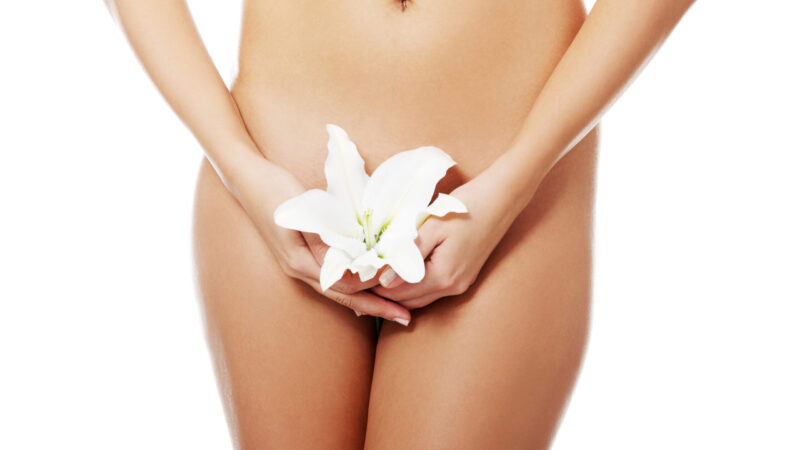Everyday more and more people hear the word Microbiome, but what is it exactly? The microbiome is the genetic material of all that lives on and inside the human body, which includes mainly bacteria but also viruses, fungi, yeast, and protozoa. As we learn more, we are realizing how critically important it is to find ways to ensure our microbiome remains balanced.
What is a probiotic
The scientific definition of a probiotic was proposed in 2001 by the Food and Agriculture Organization of the United Nations and the World Health Organization (FAO/WHO), and confirmed by an expert panel convened by the International Scientific Association for Probiotic and Prebiotics (ISAPP). The currently accepted definition of probiotics is: “live microorganisms that, when administered in adequate amounts, confer a health benefit on the host.”
In addition to the definition, only characterized strains with a scientifically demonstrated effect on health should be called probiotics according to most experts in this field including ISAAP.
The Human Skin Microbiome
The human skin is the largest organ of the body and is colonized by beneficial microorganisms creating a microbial ecosystem of high importance for our health and well-being.
The skin serves as a physical barrier to prevent the invasion of pathogens. In circumstances where the barrier is broken or when the balance between commensals and pathogens is disturbed, skin disease or even systemic disease can occur.
Research continues to expand to better understand how specific microbial ecosystems are impacted based on microbial dysbiosis (imbalance of the microbial ecosystem). Some of the key historical learnings in using live lactic acid bacteria to support microbial balance such as pH-lowering, immune modulation and bacteria competition are believed to be drivers in addressing skin dysbiosis.
The Human Vaginal Microbiome

The vaginal microbiome (vaginal flora, vaginal microbiota) are the microorganisms that colonize the vagina. It is an area that has been researched since 1892 when the German gynecologist Albert Döderlein discovered the vaginal flora.
Much research continues to be done on the vaginal microbiome and it has become quite clear that when dysbiosis occurs many issues such bacterial vaginosis, UTIs, preterm births can occur. A key driver in minimizing dysbiosis has been the presence of certain species of Lactobacilli. It is believed that when the population of key Lactobacilli are at an ideal level the vaginal microbial ecosystem is more than likely in balance. The increased presence of live Lactobacilli can influence the vaginal microbial ecosystem through several mechanisms including pH lowering and competition.
